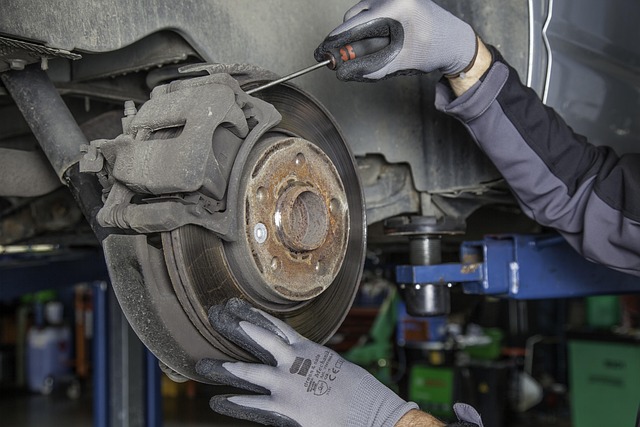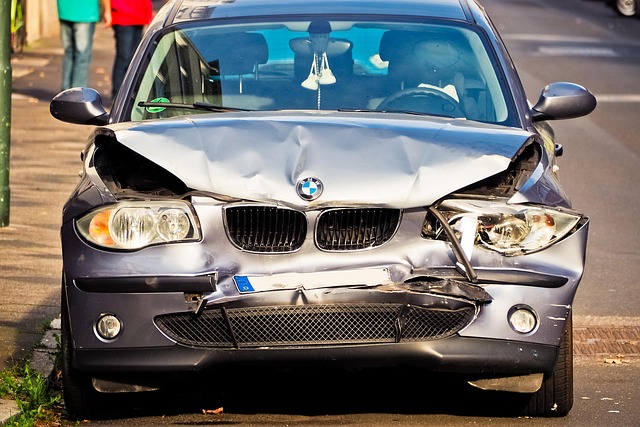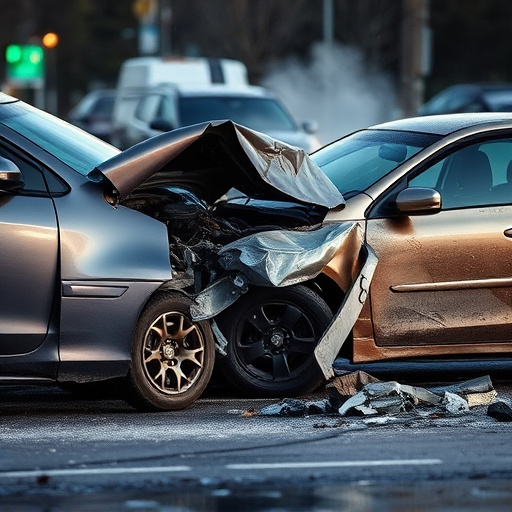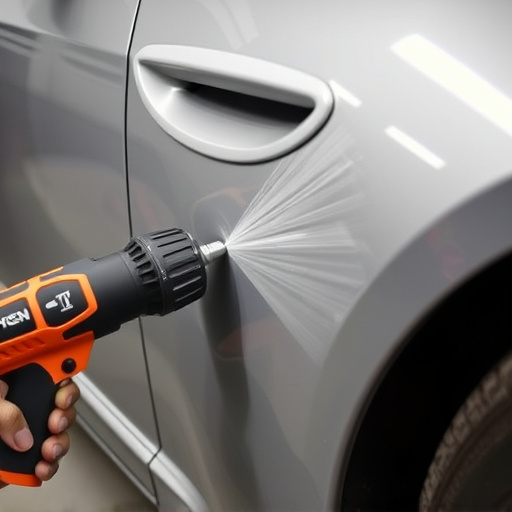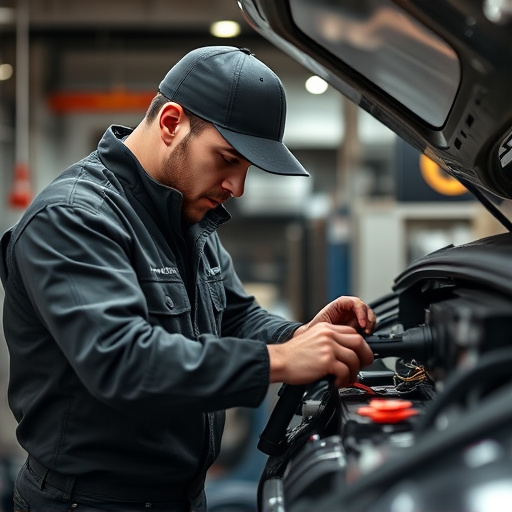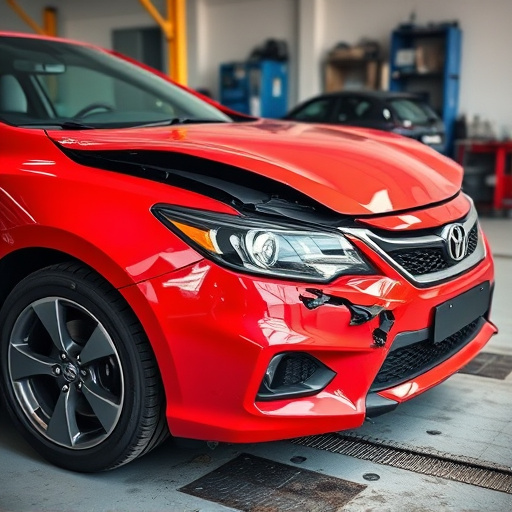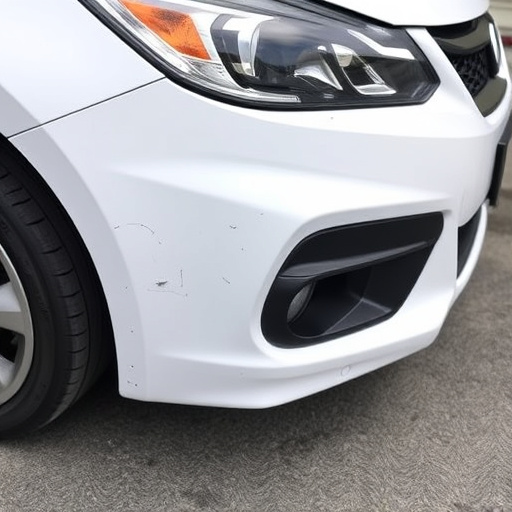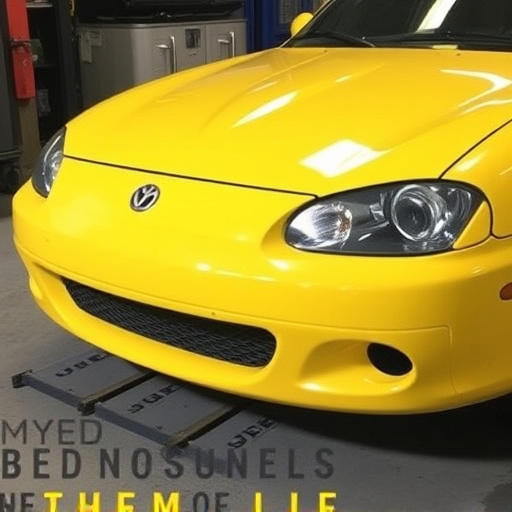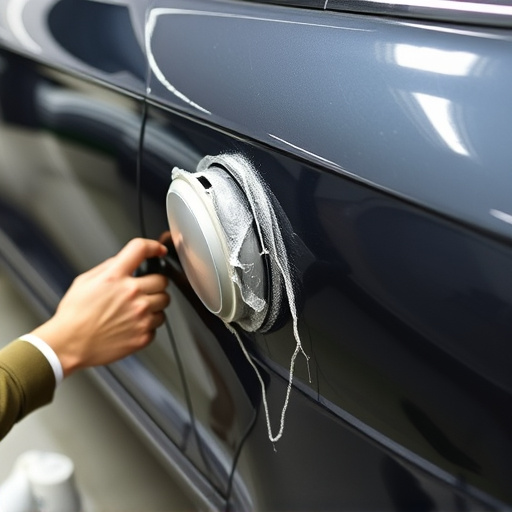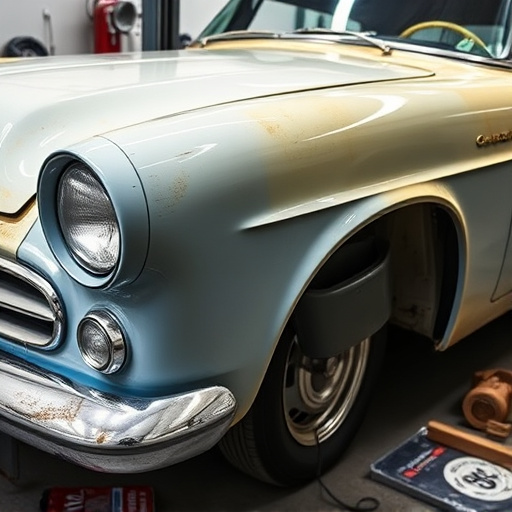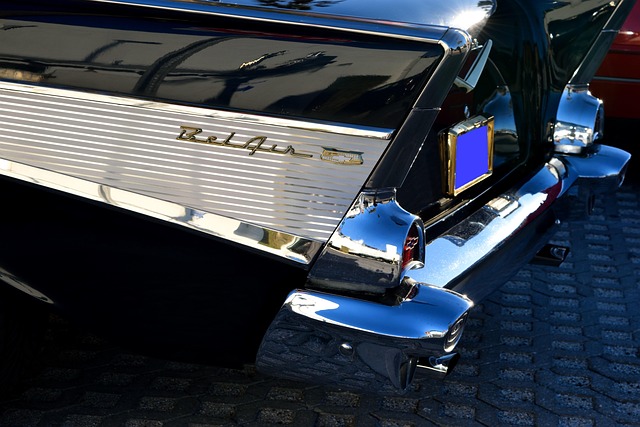Tempered glass installation is a critical safety feature across diverse industries by 2025, preventing fatal shattering upon impact. Essential in modern vehicle design and auto body shops, it reduces injury risk. Widely adopted in high-traffic areas like commercial buildings, schools, and public transport hubs, its effectiveness has saved countless lives. In architecture and automotive sectors, tempered glass plays a vital role, evolving with advancements for better safety outcomes.
In 2025, tempered glass installation remains an indispensable safety feature across various architectural landscapes. As modern buildings continue to push design boundaries, this innovative process plays a pivotal role in enhancing structural integrity and mitigating risks. By transforming ordinary glass into a safer alternative, tempered glass installation prevents tragic accidents and saves lives. This article explores why its significance persists, highlighting its impact on architecture and the enduring relevance of this lifesaving innovation.
- Enhancing Safety: Tempered Glass Installation Remains Vital
- Preventing Tragedies: Its Impact on Modern Architecture
- A Lifesaving Innovation: Still Relevant in 2025 and Beyond
Enhancing Safety: Tempered Glass Installation Remains Vital
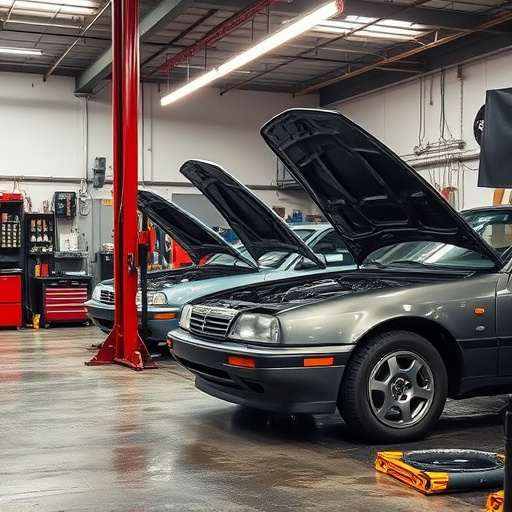
In an era where technological advancements often dominate headlines, it might seem surprising that a simple concept like tempered glass installation still plays a pivotal role in enhancing safety across various sectors. Despite the rise of innovative materials and construction techniques, tempered glass remains an indispensable component in many applications, from architectural structures to automotive components. Its effectiveness in mitigating risks and protecting lives is undeniable.
The resilience of tempered glass is particularly crucial in high-risk environments. For instance, in modern vehicle design, tempered glass installation in windshields and other safety windows ensures that occupants are protected during accidents. This advanced glass type shatters into small, non-sharpened pieces upon impact, minimizing the risk of severe injuries compared to traditional glass. Similarly, in body shop services specializing in automotive restoration, repairing and replacing tempered glass is a critical aspect of ensuring vehicle safety and structural integrity. By maintaining these installations, professionals contribute to saving lives on the road, making tempered glass a game-changer not just for vehicles but for many other structures as well.
Preventing Tragedies: Its Impact on Modern Architecture
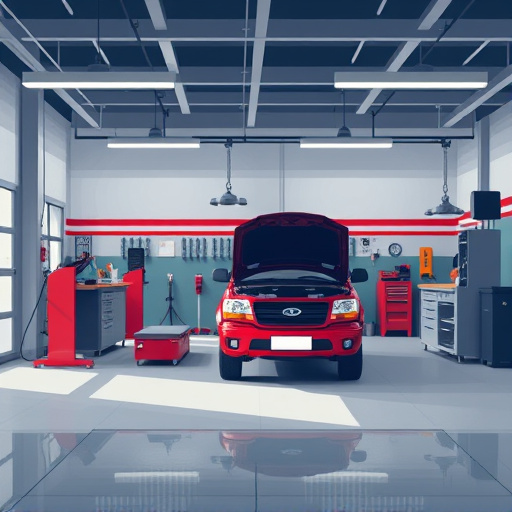
In modern architecture, tempered glass installation plays a pivotal role in preventing tragedies and enhancing safety standards. This innovative process has become an integral part of building design, particularly in areas with high foot traffic or where structural integrity is paramount. Unlike traditional glass, which can shatter into sharp fragments upon impact, tempered glass is designed to break into small, harmless pieces, reducing the risk of severe injuries significantly.
The impact of this technology is evident in various settings, from commercial buildings and skyscrapers to schools and public transport hubs. By incorporating tempered glass in partitions, windows, and facades, architects and engineers ensure that even if a disaster strikes, the consequences are mitigated. This safety feature has saved countless lives since its inception, making it a game-changer in the field of construction and a cornerstone of modern building codes, much like how regular auto maintenance prevents car paint repair from becoming unnecessary due to avoidable accidents in an auto repair shop.
A Lifesaving Innovation: Still Relevant in 2025 and Beyond
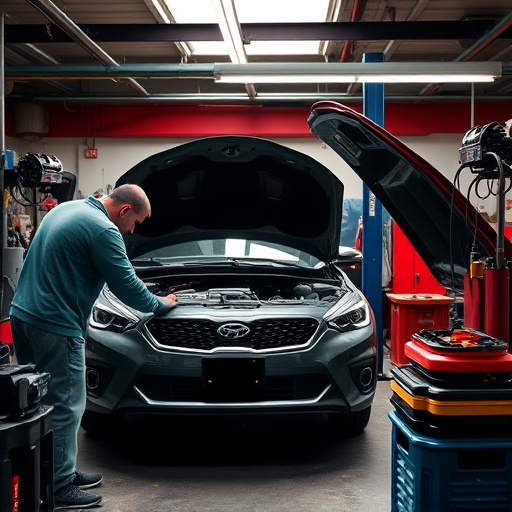
Tempered glass installation has emerged as a lifesaving innovation, continuing its relevance in 2025 and beyond. Its robust nature makes it indispensable in various sectors, from architecture to automotive industries. This advanced technology ensures that glass remains intact during impact, preventing fatal shattering often associated with traditional glass. In the realm of vehicle repair and car restoration, tempered glass plays a pivotal role in enhancing safety standards.
As we navigate through the year 2025, the importance of tempered glass installation cannot be overstated. Its applications extend far beyond mere aesthetics; it serves as a protective barrier in cars, buildings, and other structures. In the event of accidents or sudden impacts, the unique properties of tempered glass mitigate risks, ensuring better outcomes for occupants. This innovation continues to evolve, incorporating advancements that make it even more efficient and cost-effective for both residential and commercial automotive repair and restoration projects.
In 2025, the importance of tempered glass installation remains undeniable. As modern architecture continues to evolve, this innovative safety feature plays a pivotal role in preventing tragedies. Its ability to enhance structural integrity and mitigate risks makes tempered glass a lifesaving innovation that will undoubtedly remain relevant for years to come. By prioritizing its installation, we ensure safer spaces and protect lives, underscoring its enduring significance in today’s world.
